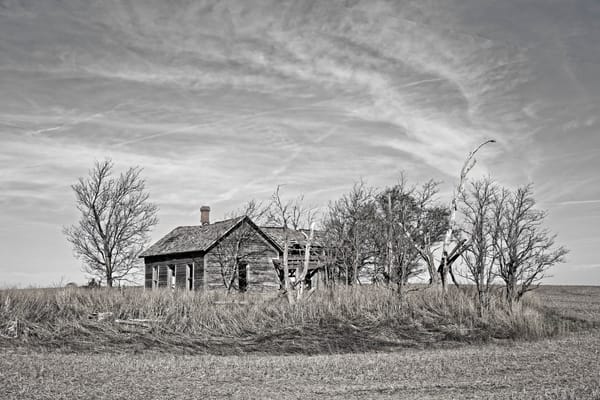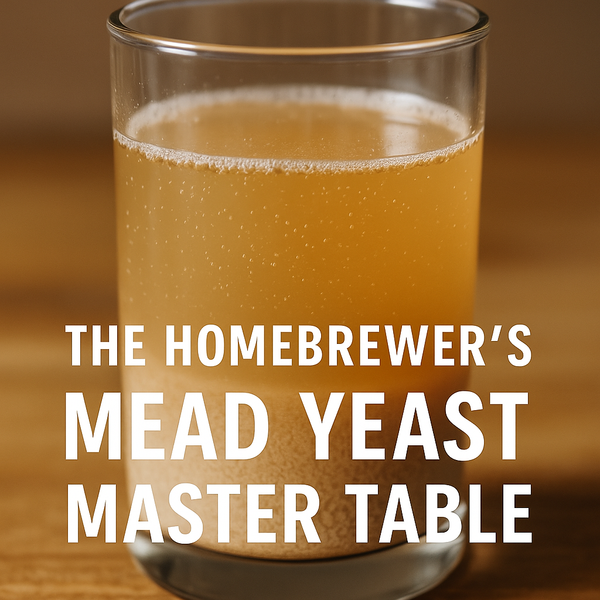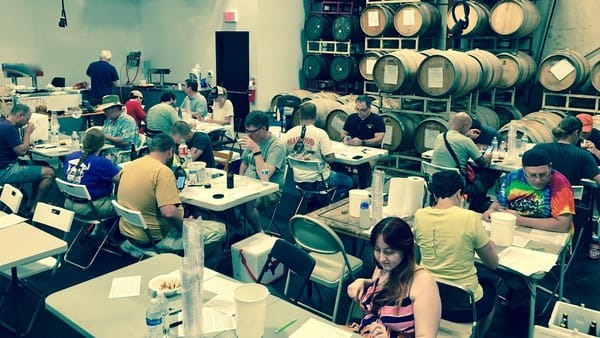Brewday in Pictures and Video
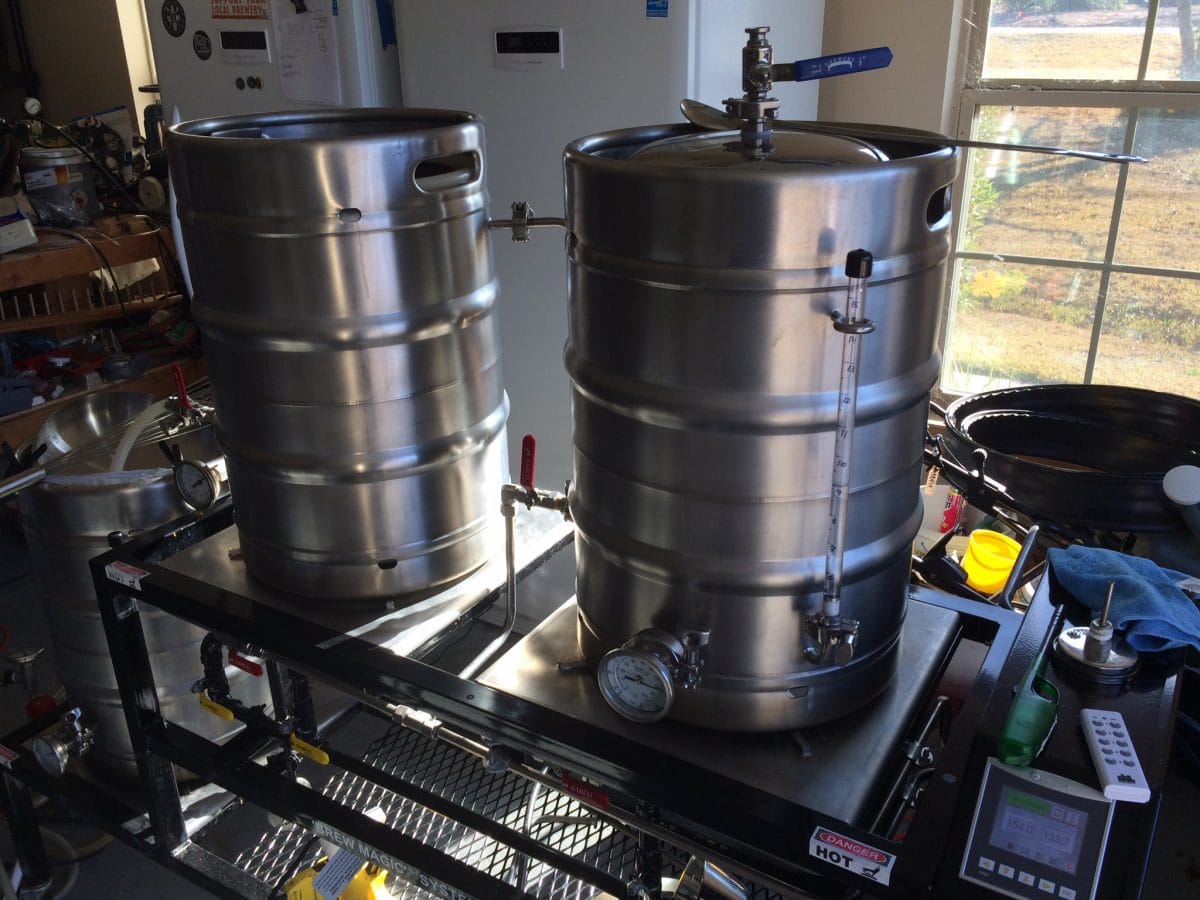
We have some wonderful weather here in Central Texas during wintertime... truly the most redeeming quality of this area. That and crazy good BBQ. Anyway - an A/V document of my brew day... a truly beautiful day and most everything went extremely well.
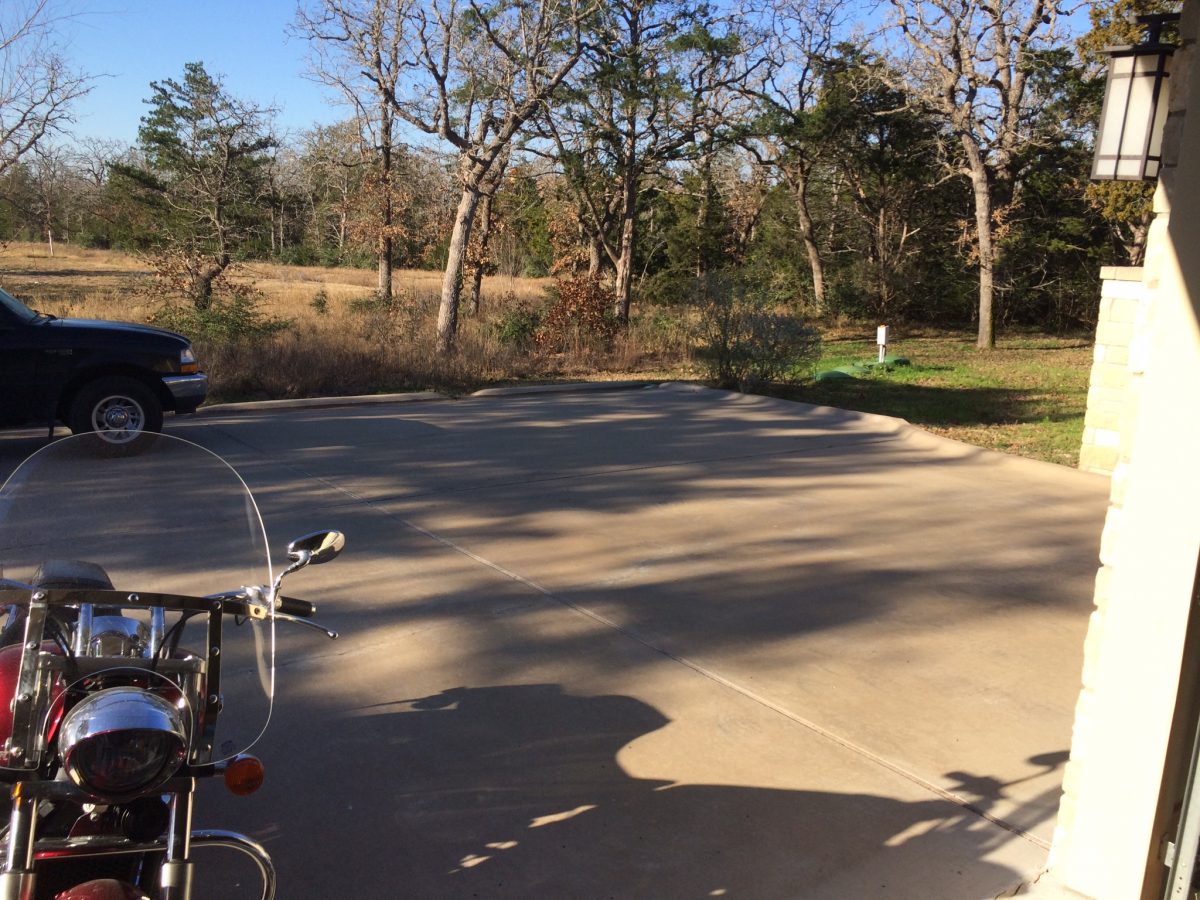

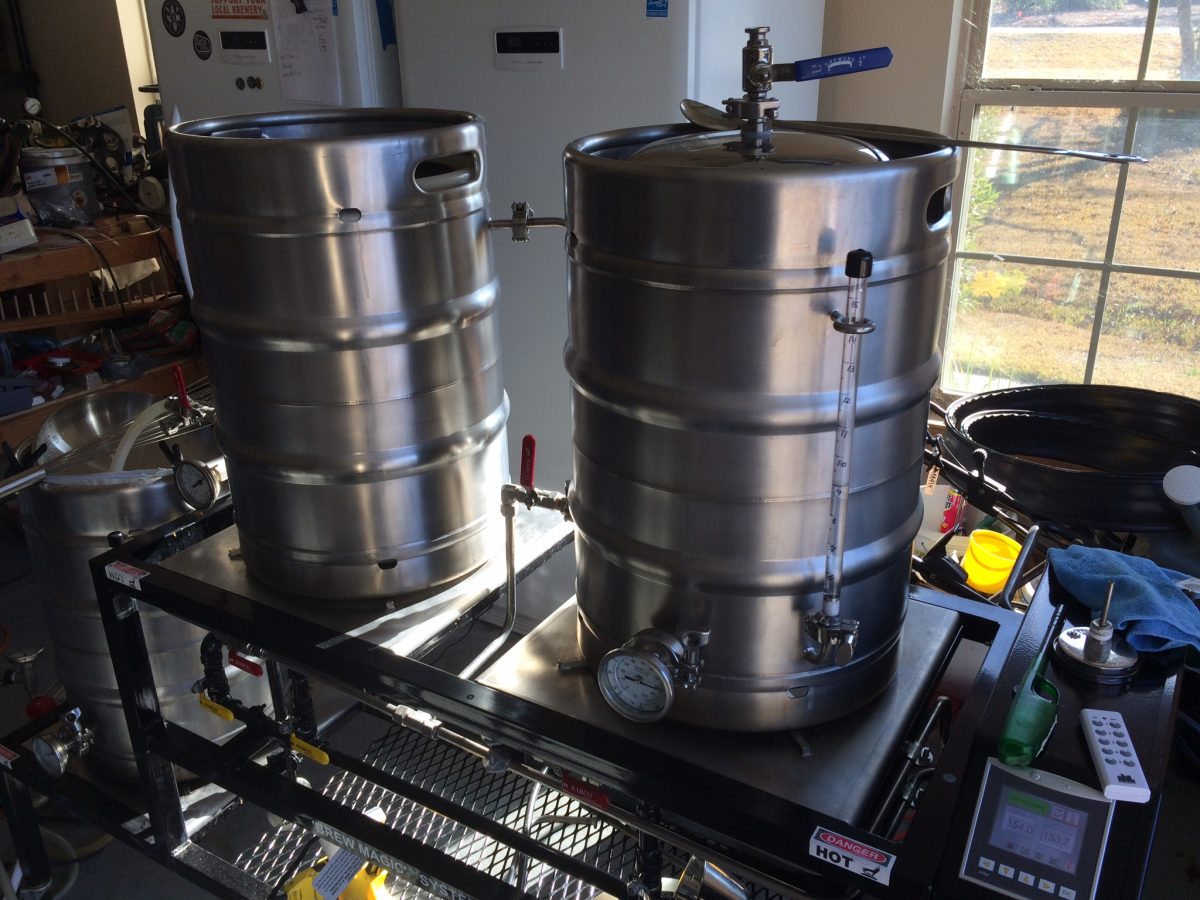

[playlist type="video" ids="987,934"]
As mentioned in an earlier post, I built a new grist mill and case. This was the first chance to brew with the crush. I was fairly happy with the results, but may make some adjustments along the way. I will say that it was a bit underwhelming watching the 20# of grain burned through in about a minute. The skirt worked well, no dust kicked out to speak, just what kicked pouring the malt into the hopper.
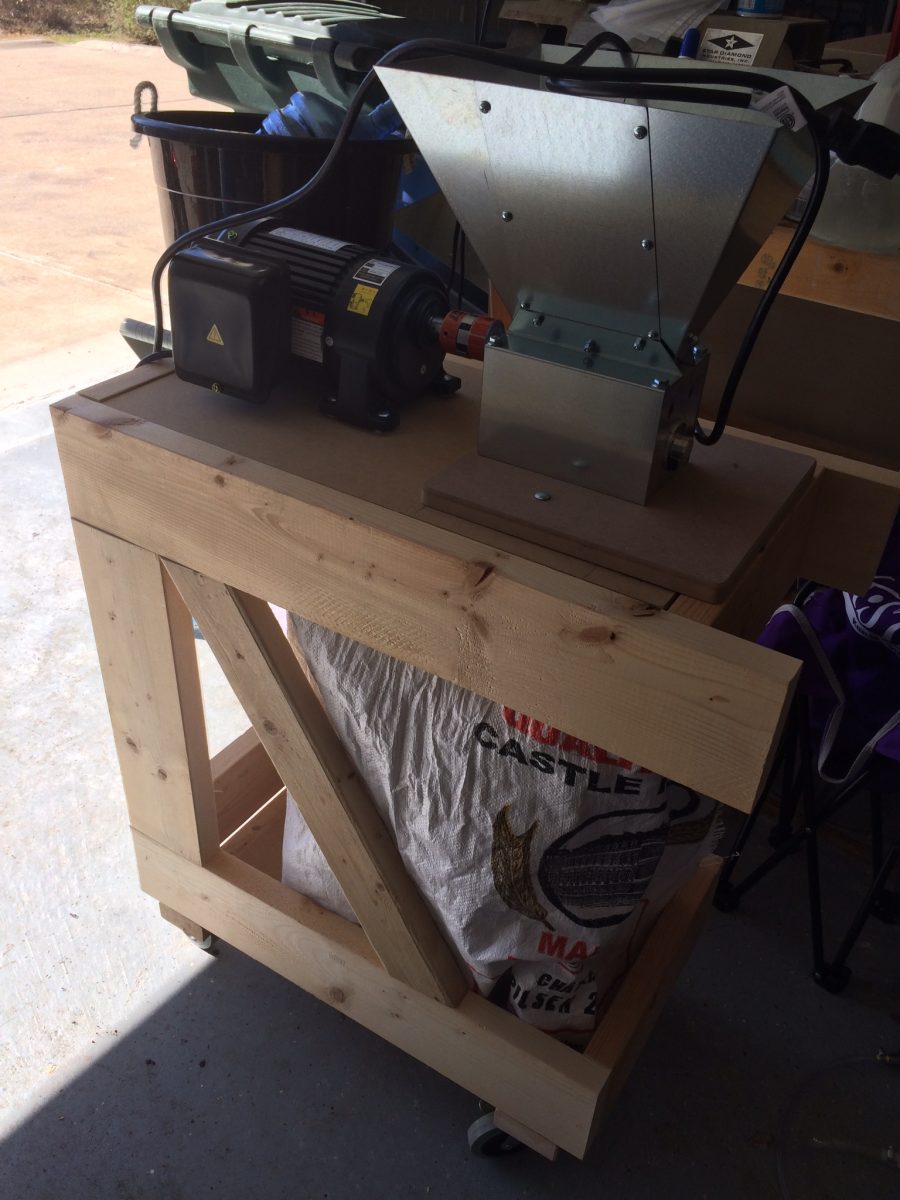
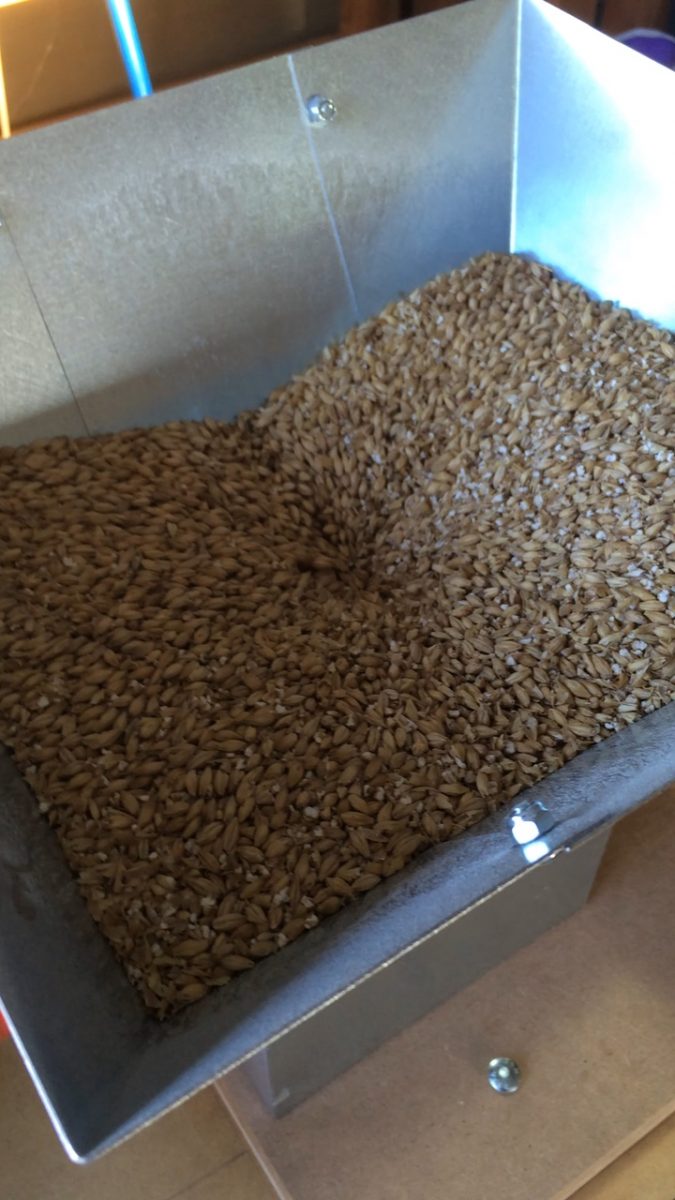
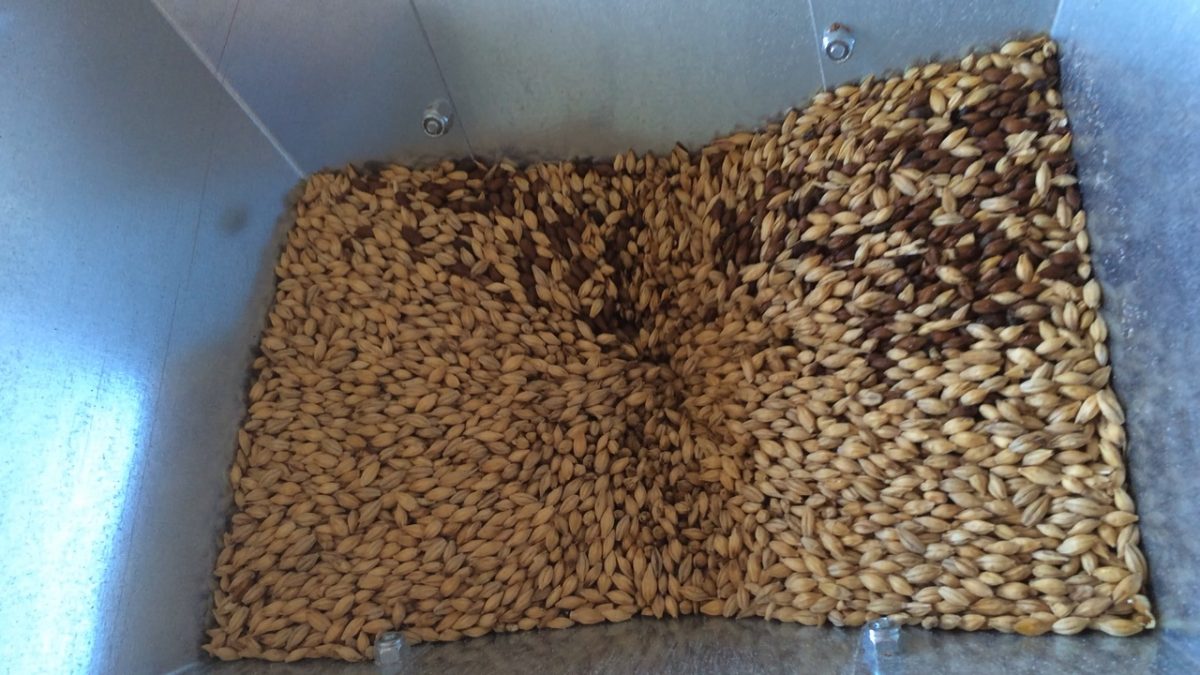
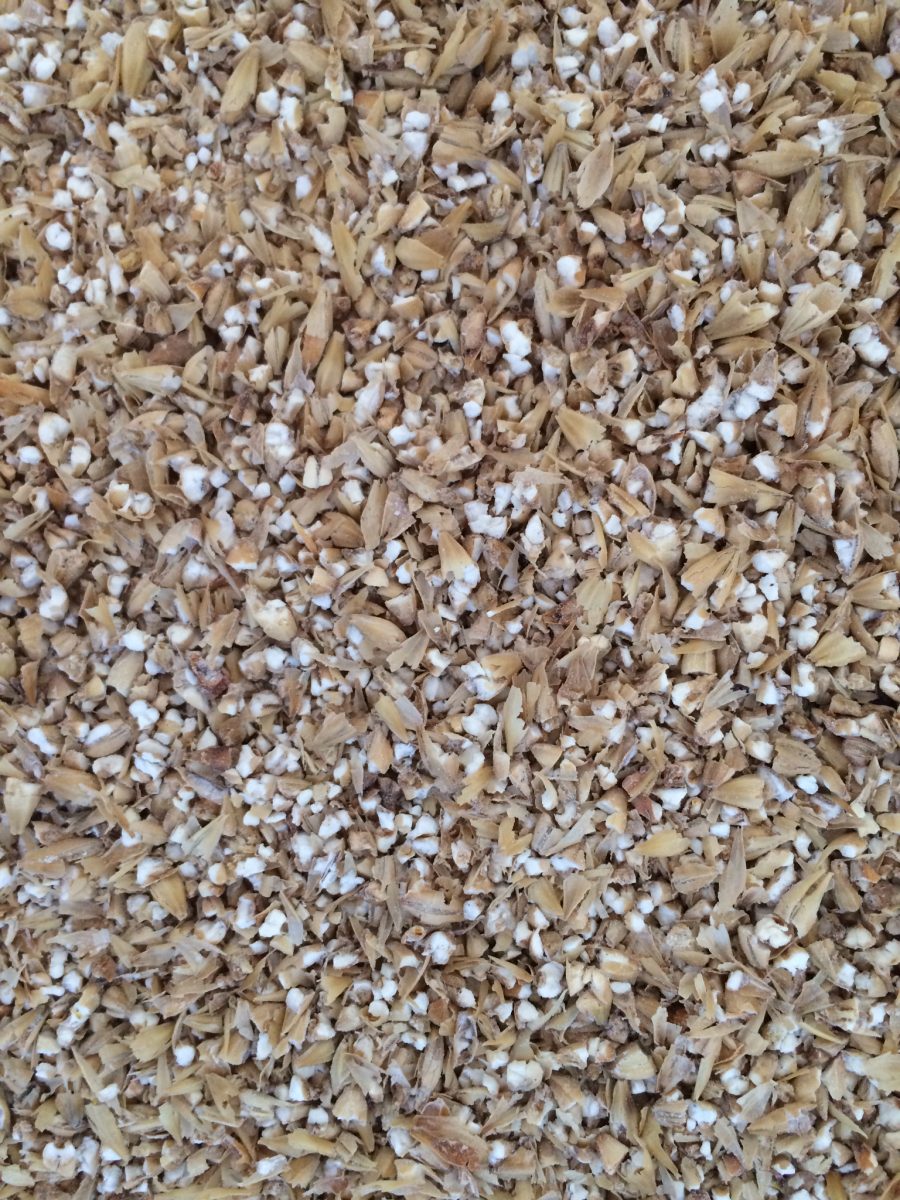
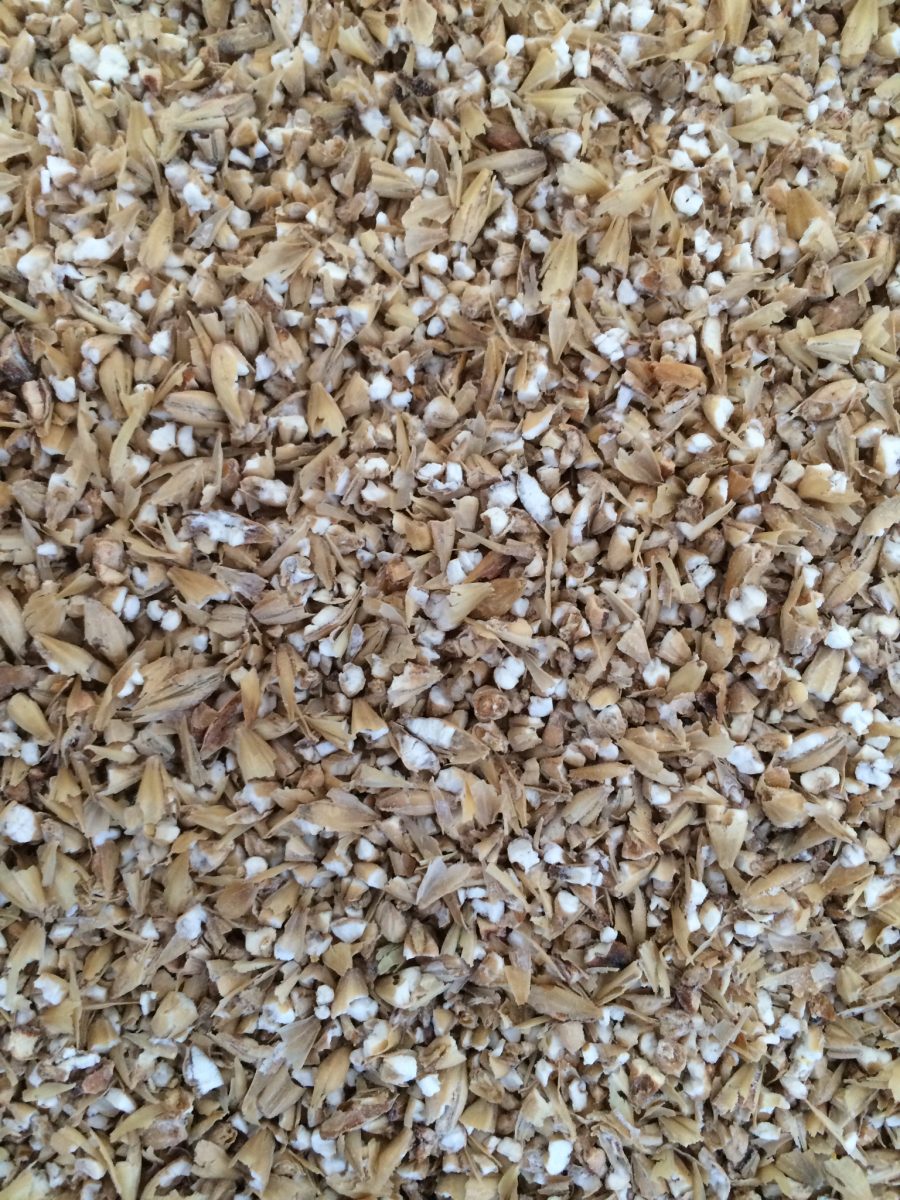

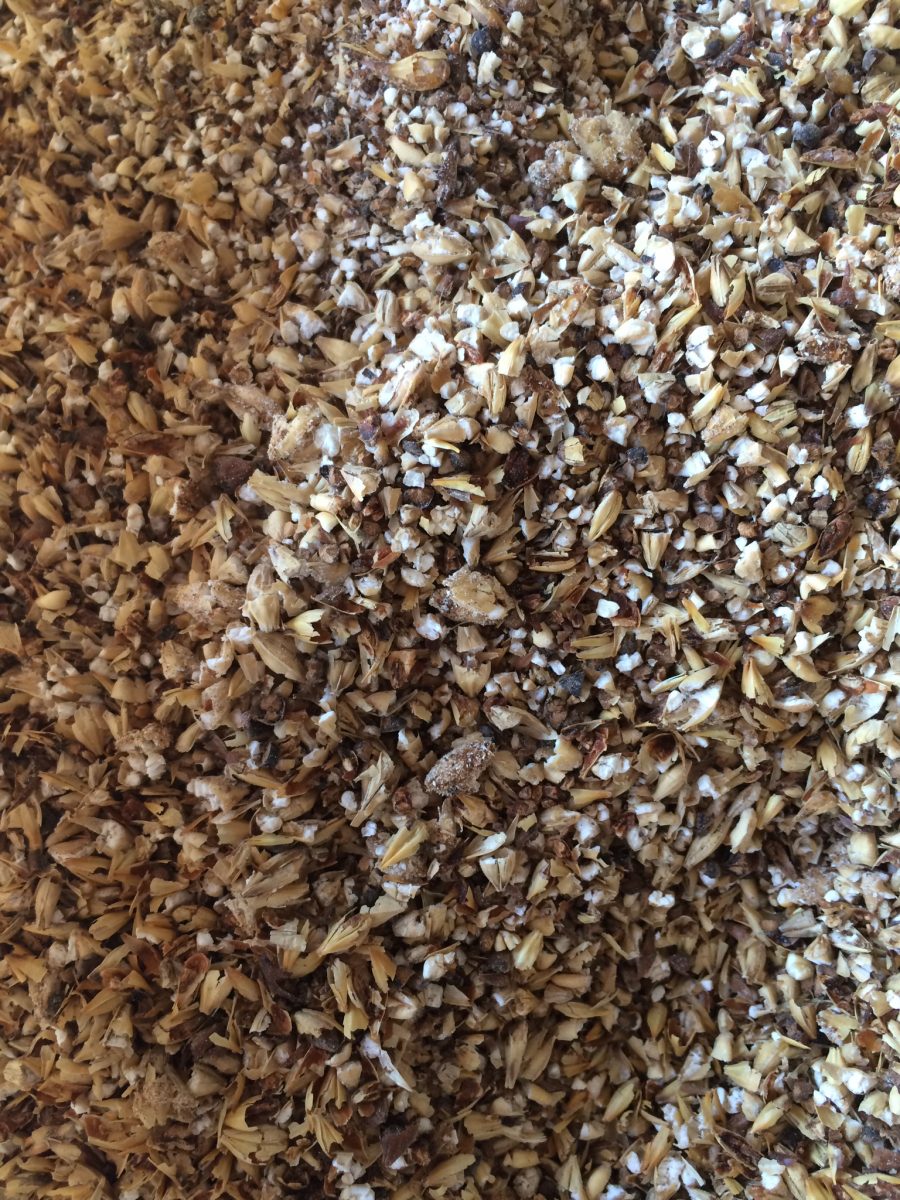

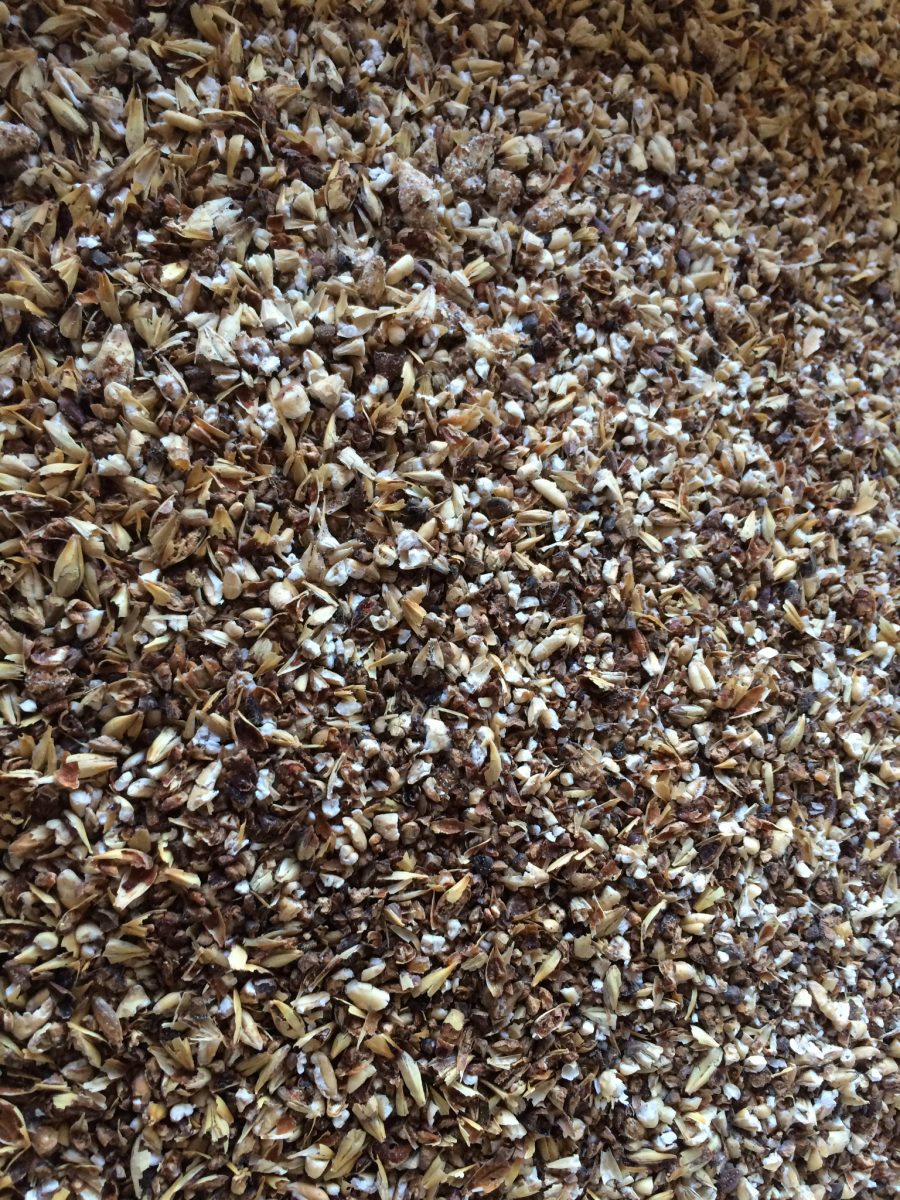
I can't hold a camera and grain in... so assume it all went very well. I prepare my strike water in the tun and heat to about 164F to hit 154F. Minerals split between the strike and sparge water. I run the RIMS with direct heat to bring the water to temperature - which also helps even the heat distribution in the system. After mash in, I slowly bring the recirculation speed up. With a more fine mill, the circulation is slow. With this grind, I was able to recirculate very quickly... nearly double the rate of the fine grist.
[playlist type="video" ids="980,925"]
The Brew Magic deploys a hybrid fly sparge method. I establish the flow rate with the first runnings, and match the pump over from the HLT to that rate. Circulation also introduces a rotation of the wort at the top of the mash and pulls the liquor down through the MLT. The result is very clear wort through the process.
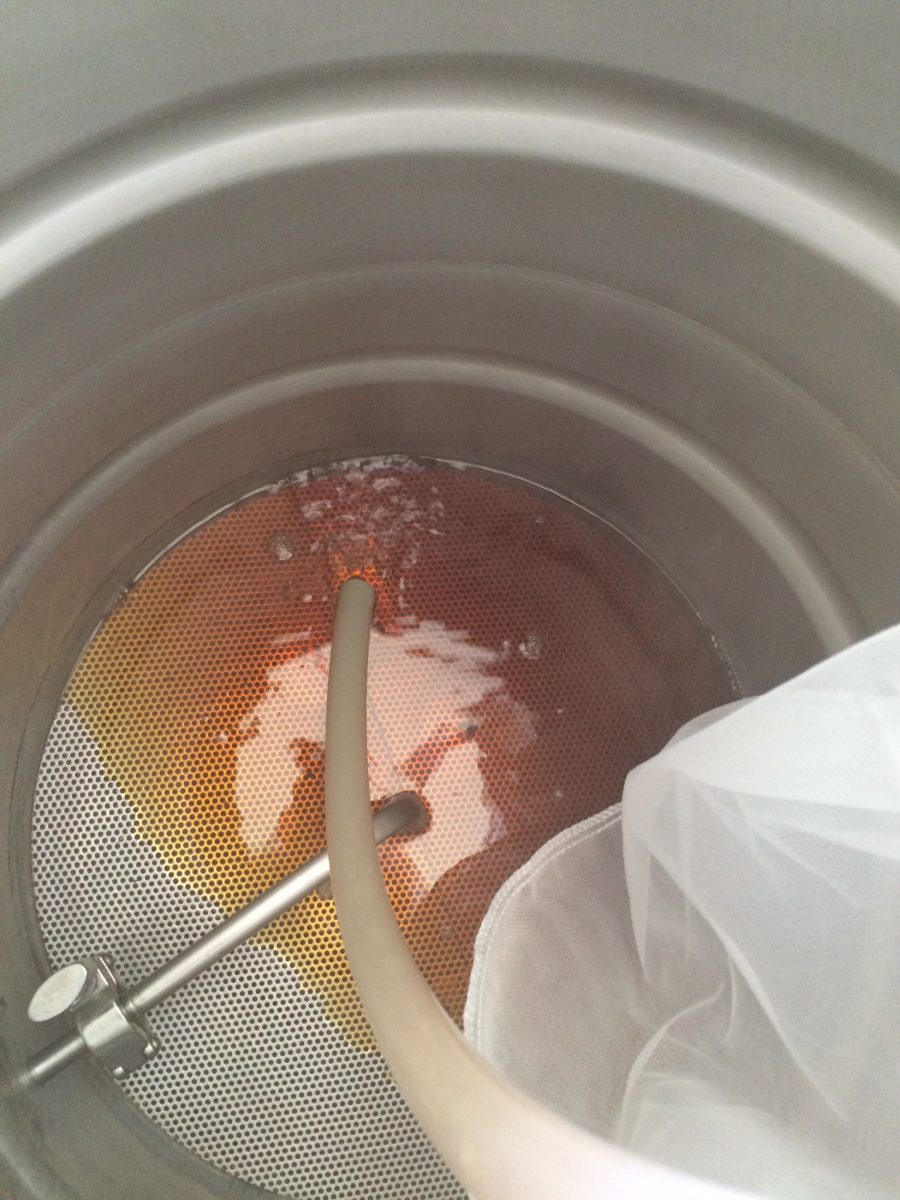
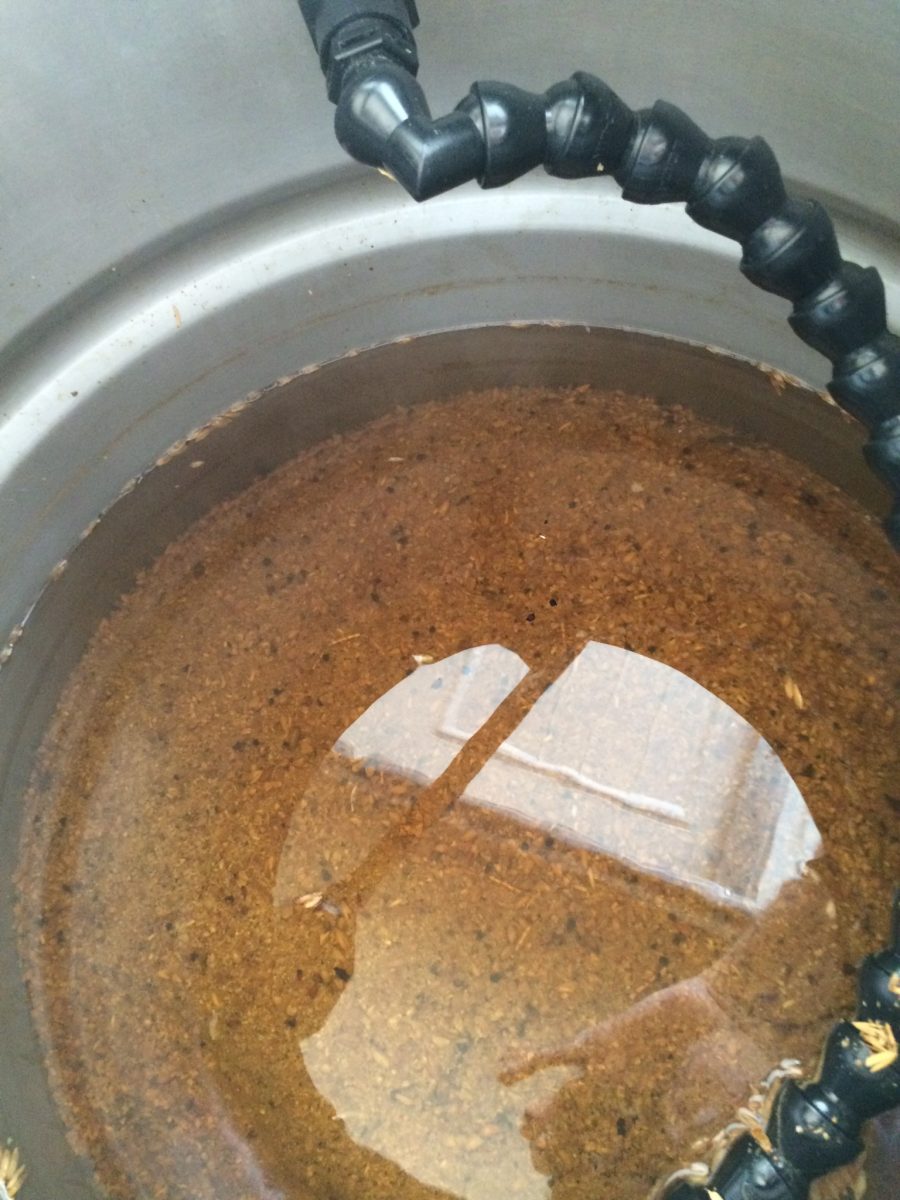
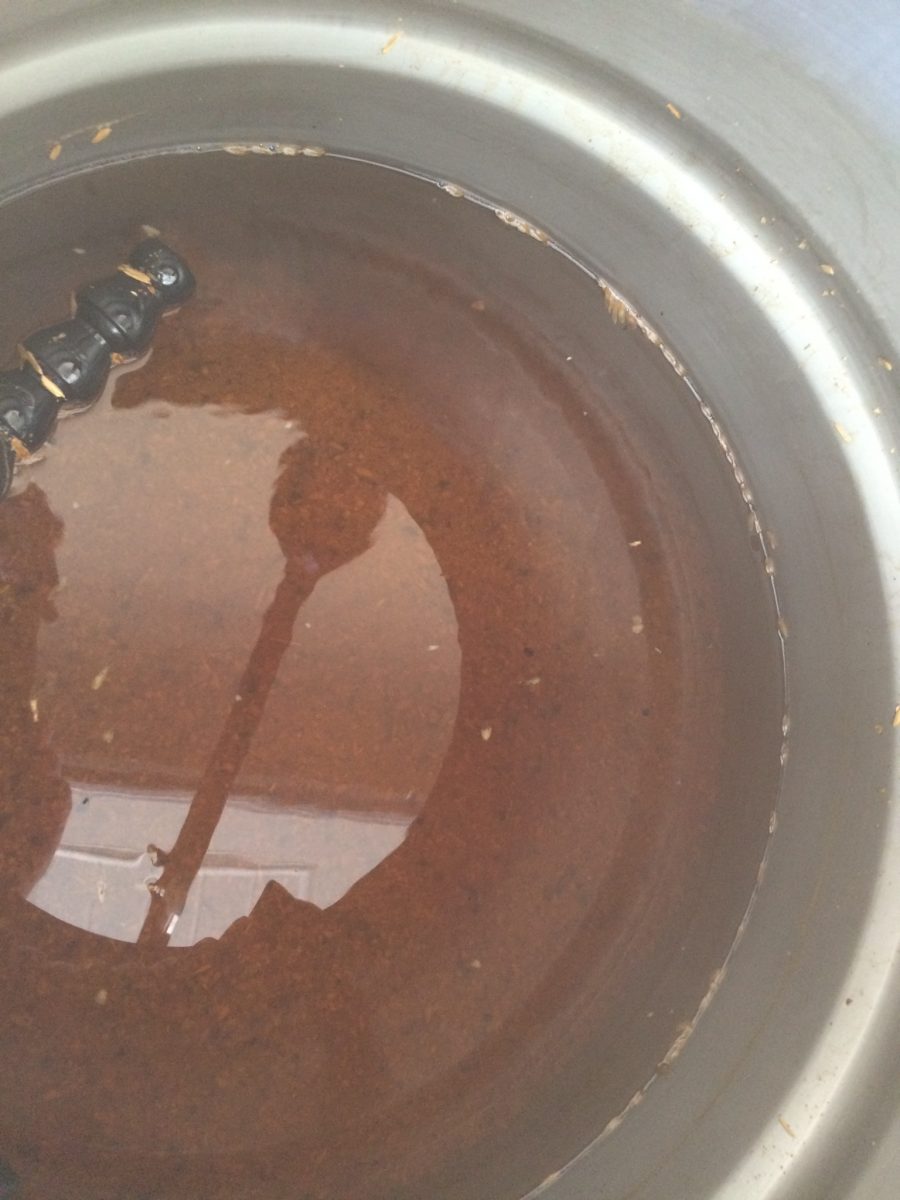
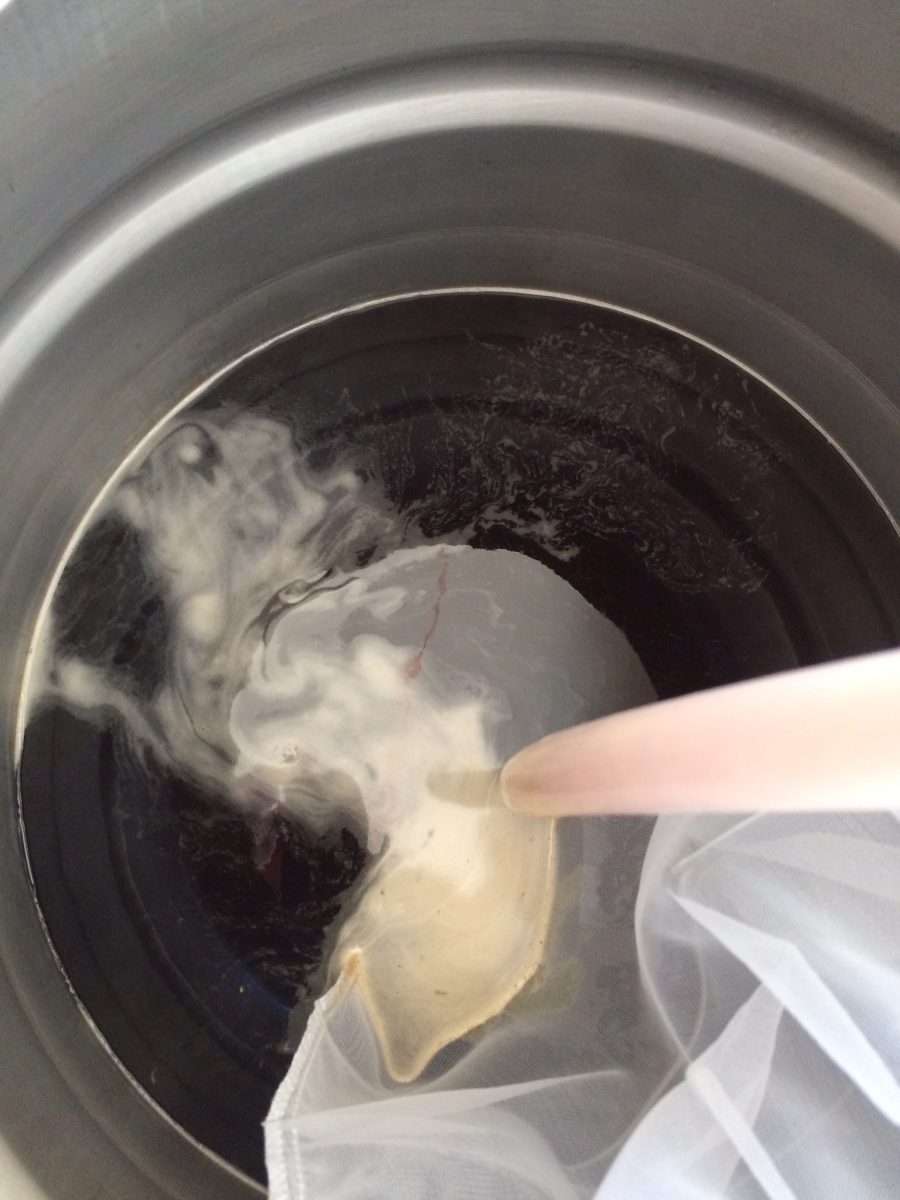
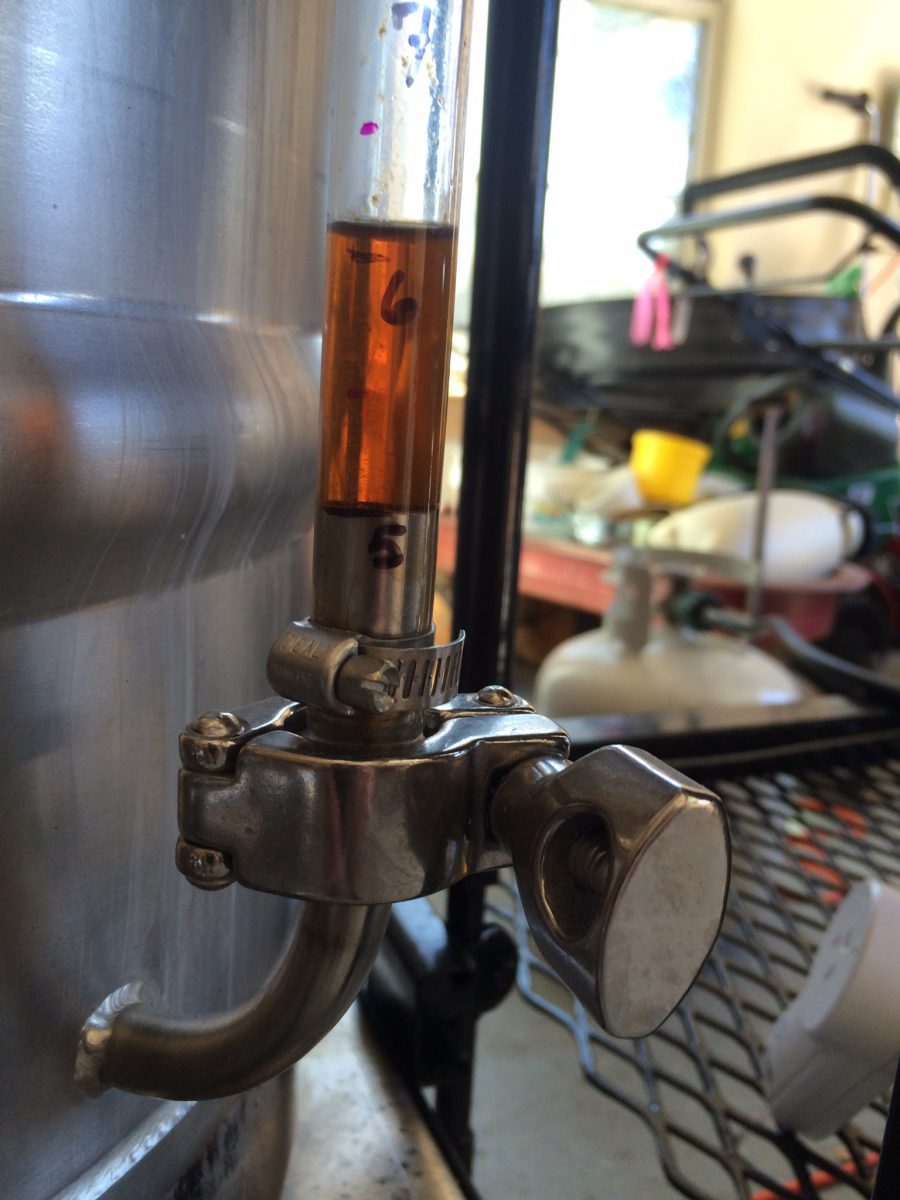
I tend to boil with a lot of energy. The vigorous boil helps to create strong break material. I do need to find a path to moderate the boil strength as it tends to darken beers like Pils. I use a few drops of FermCap-S as well as drop in a couple of bits of hops to help control the foam. A spray bottle helps me when adding new hops - like below - however it never threatened to overflow.
I have built a hop spider, but have fallen back to simply pinning a mesh bag floating free for pellet hops. Whole hops go into the kettle and are caught on the false bottom. Since moving to the counterflow chiller, I worry a lot less about trub and hop material plugging up the chiller.
[playlist type="video" ids="984,977"]
I clean as I go - so the judicious use of a wet dry vacuum to knock out the mash and to clean up any loose bits is useful. Remove the mash and give a light rinse and then wipe down the sides. Vac the remaining out and your tun is pretty clean! Plus I find emptying the plastic bucket easier than a heavy keggle.
I also compost my spent grains. I took the time to turn the compost pile and was thrilled to find live and wriggling earthworms! In February no less. The pile is about 2 years worth of grains and compacts pretty quickly in the heat. As long as the top dries quickly, the smell is not too bad.
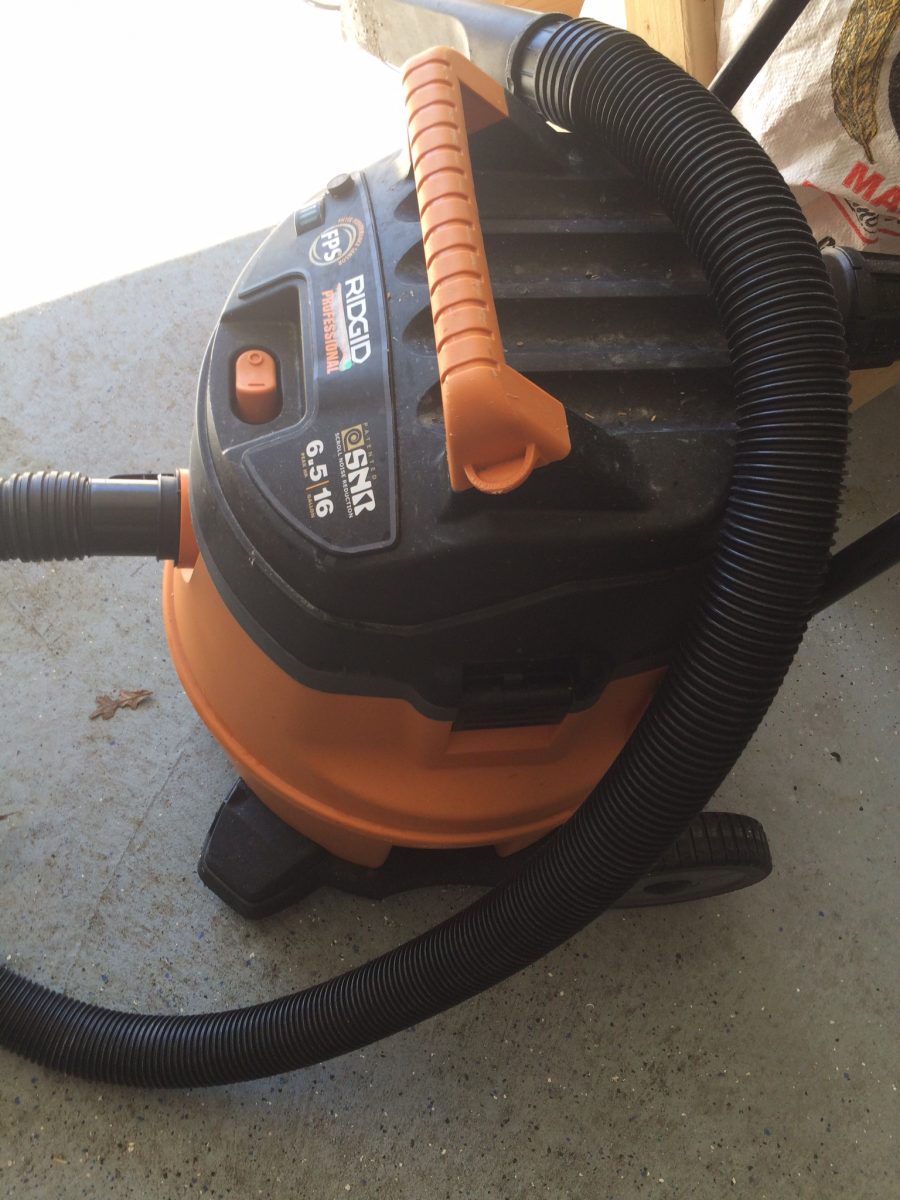
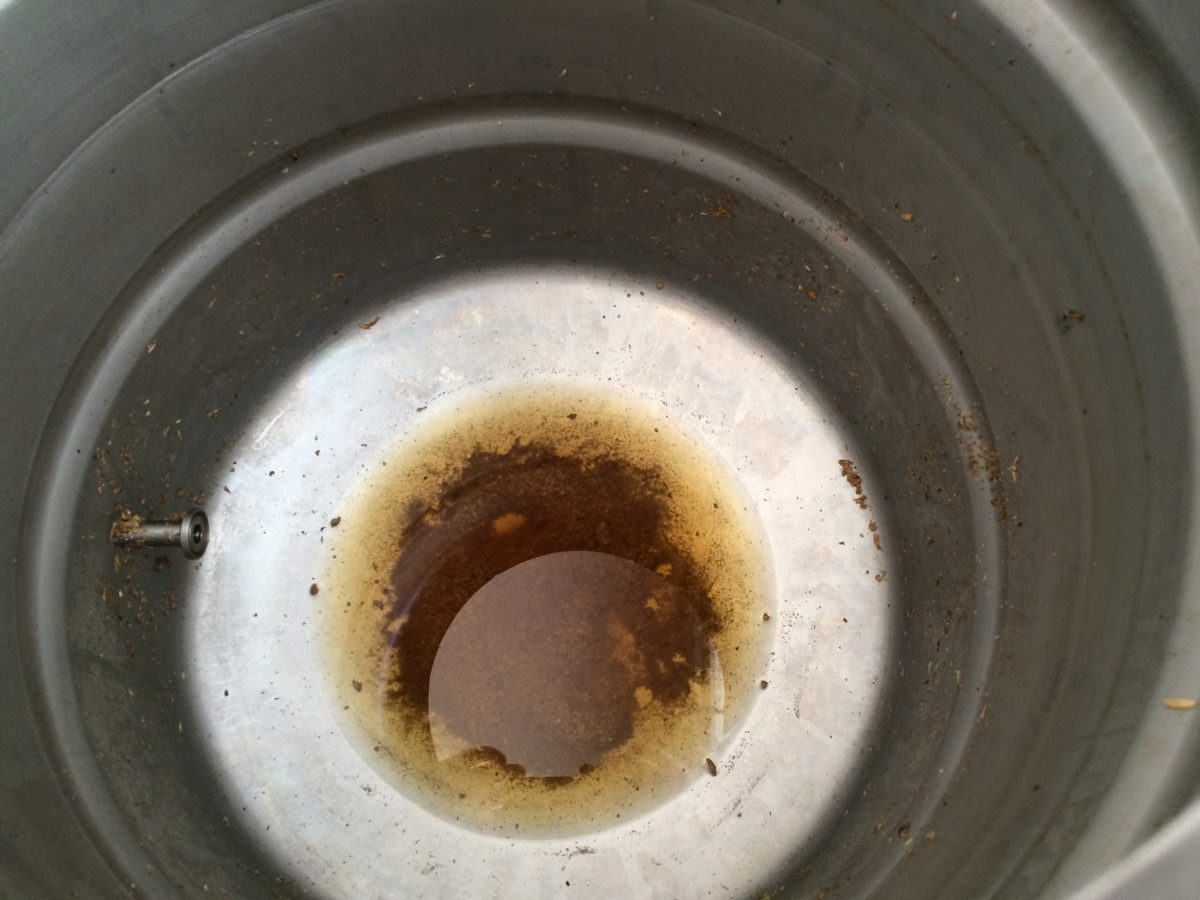
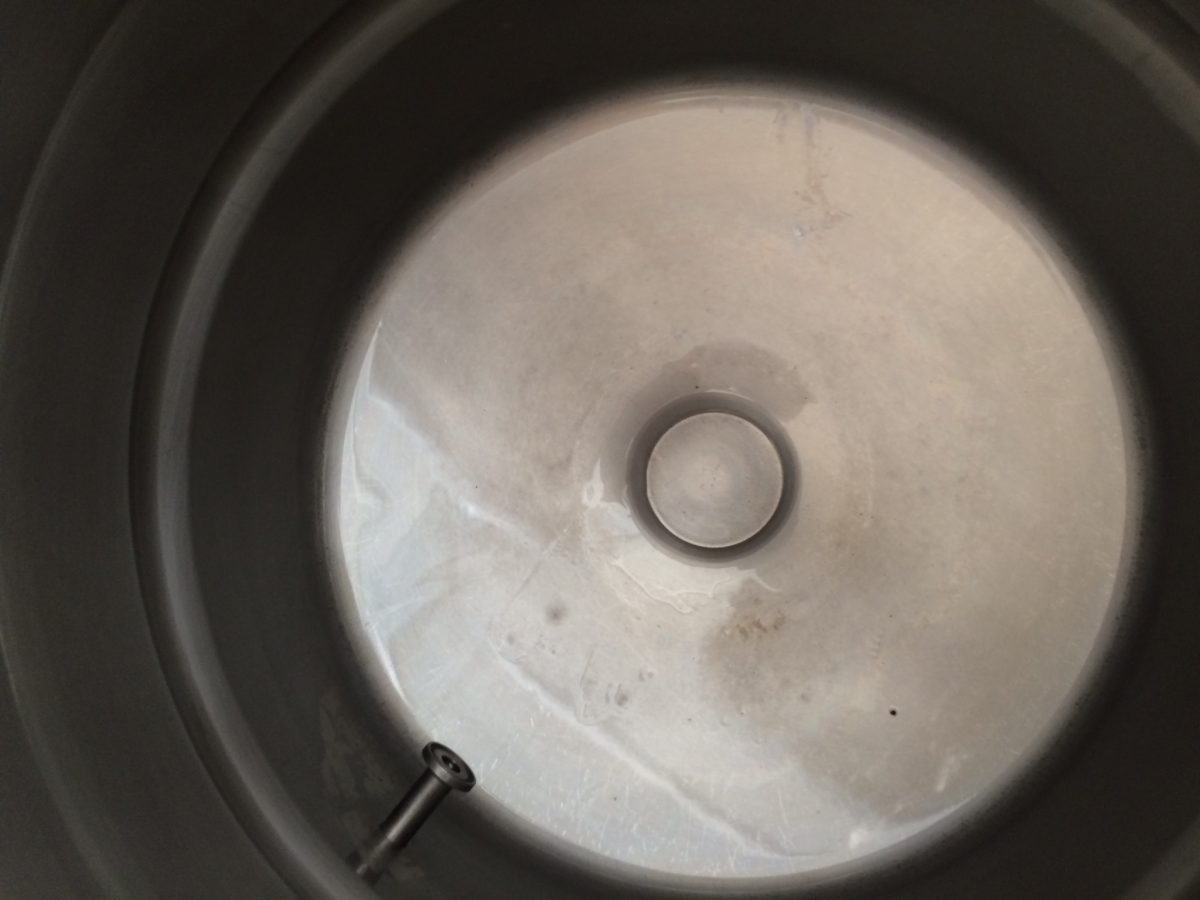
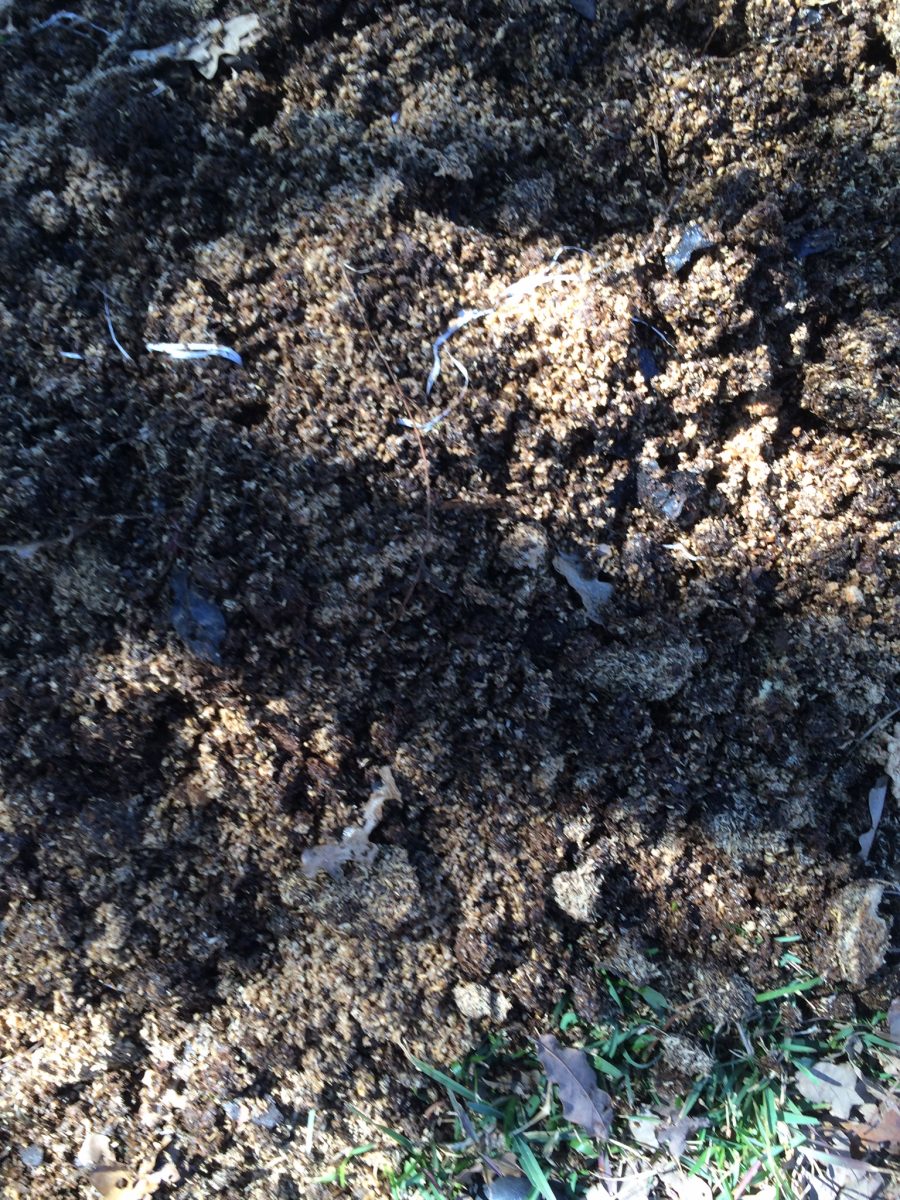

I added my last addition and prepared to knock out. I decided to proceed with ground water, as opposed to circulating ice water, and still knocked out at 66F, perfect for pitching. I have modified my Chill Wizard to use a convoluted counterflow chiller rather than the big plate chiller. I have been frustrated with the difficulty in keeping the plate chiller clean. I chilled and pumped directly into my SS BrewTech 1/2 Barrel Chronical. Hit target gravity right on.
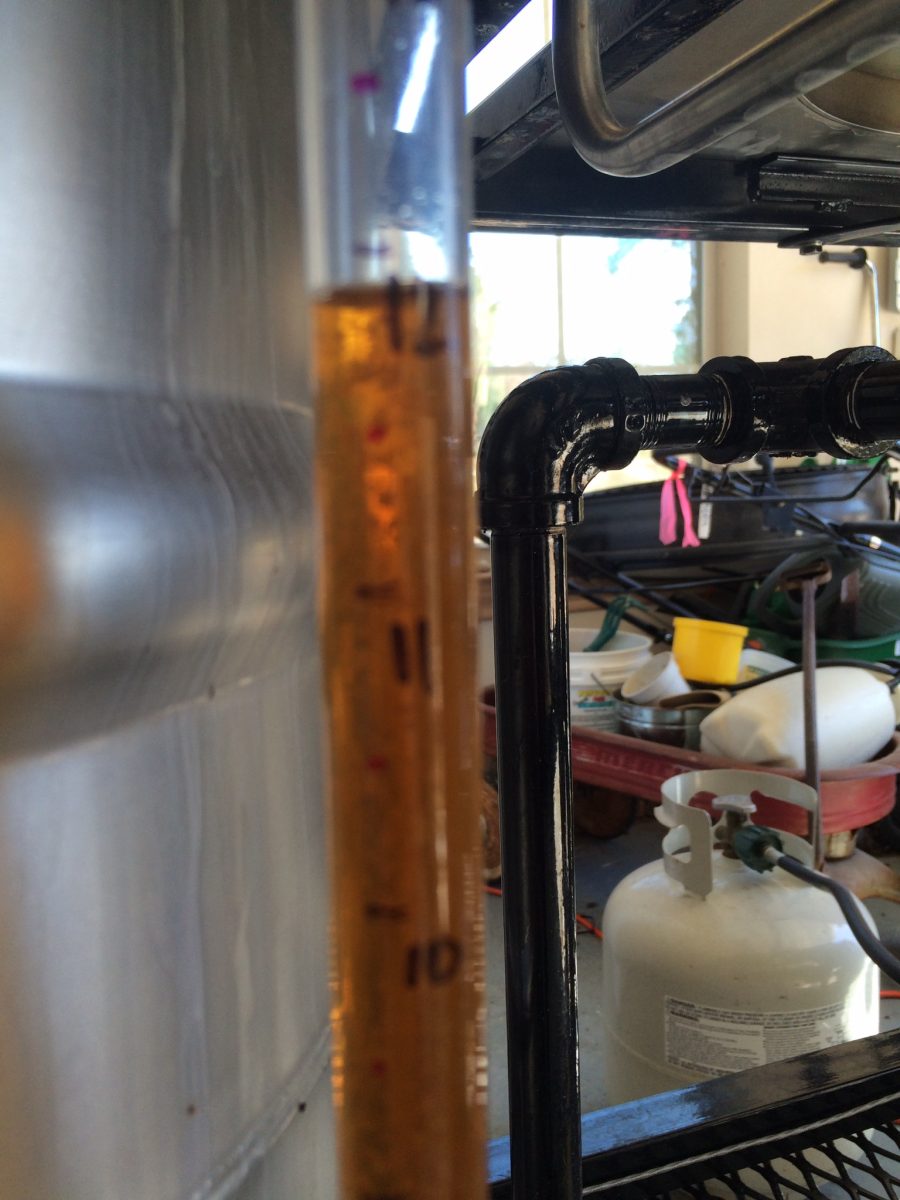
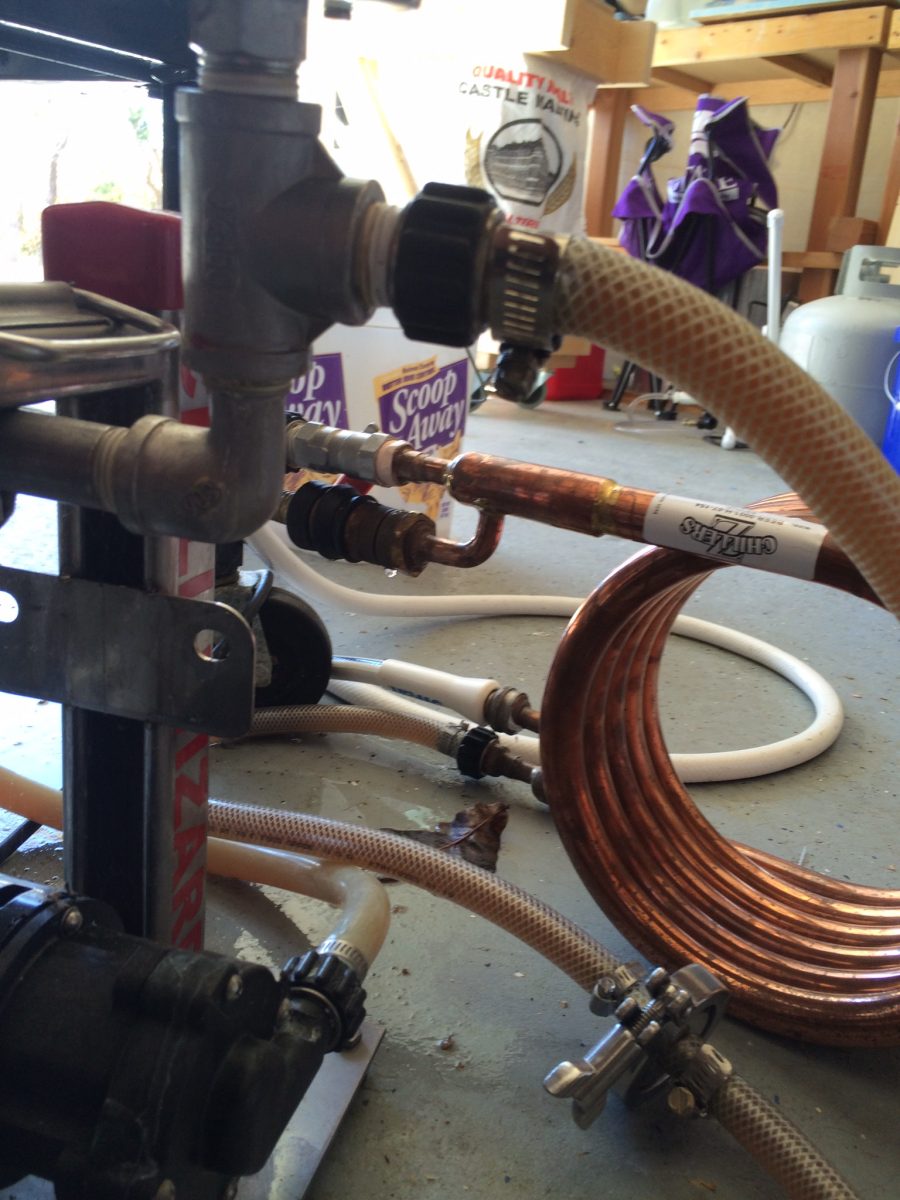

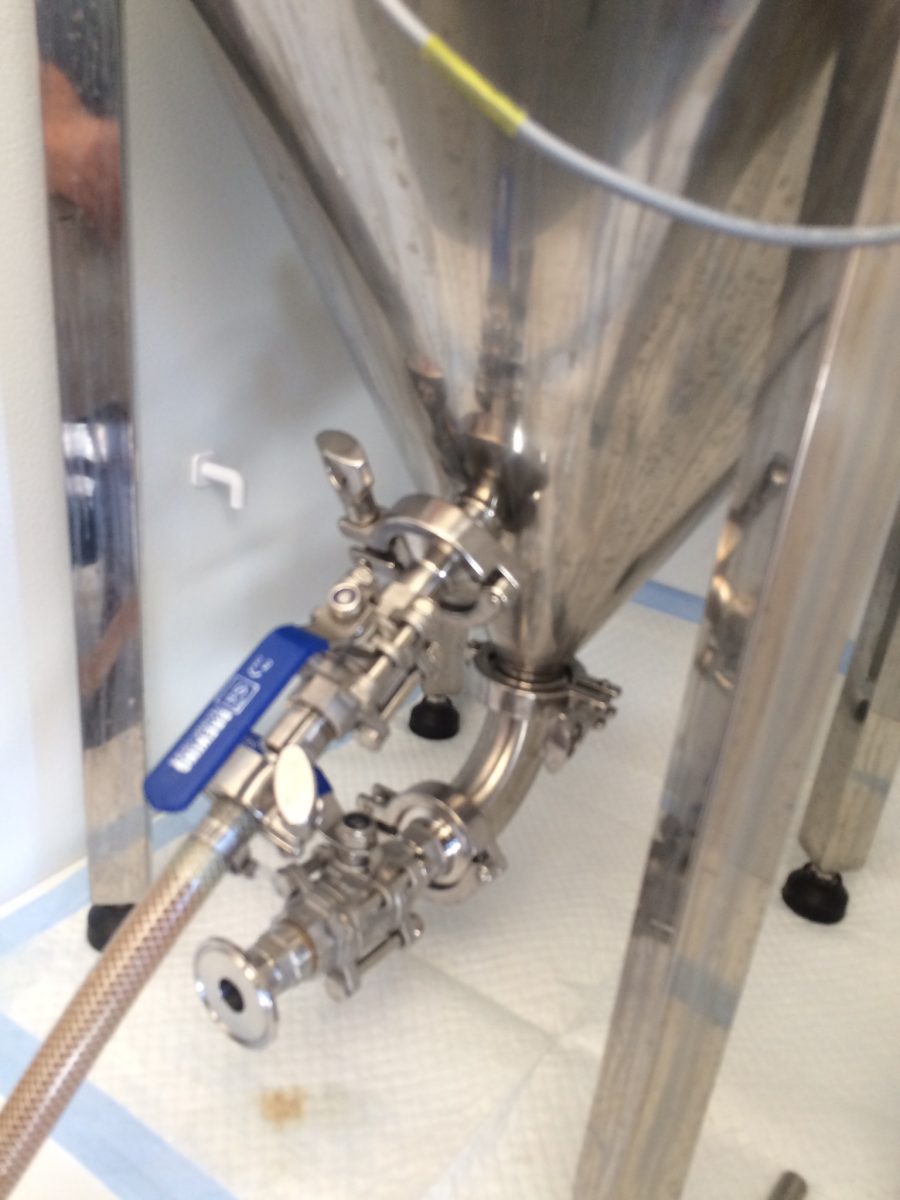
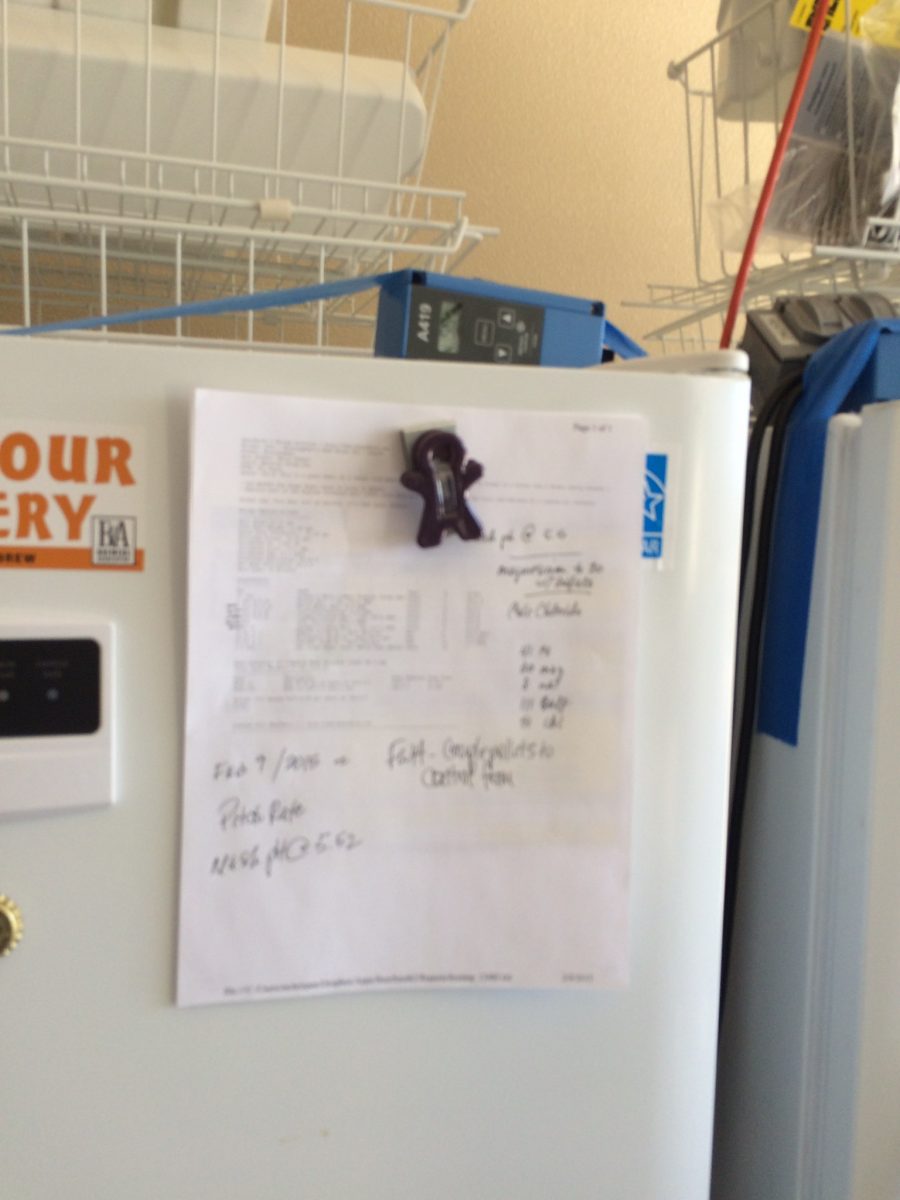

The day ended with some light cleaning of the BK and a quick yeast count. I pitched right at 400 billion cells and fermentation showed in just a few hours!
The recipe is a scaled version of Brülosophy's Best Brown Recipe, which will be featured in a later post.

